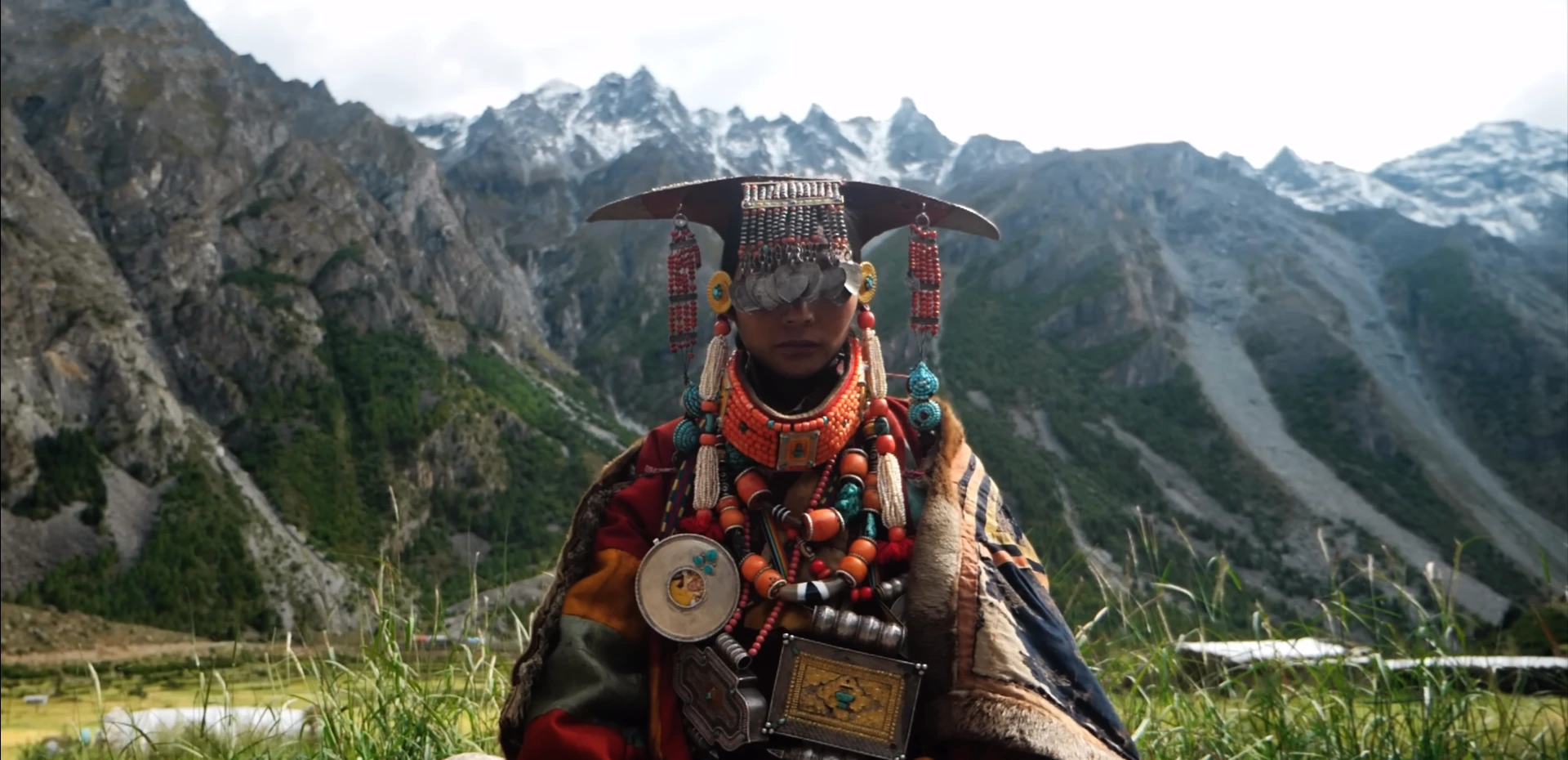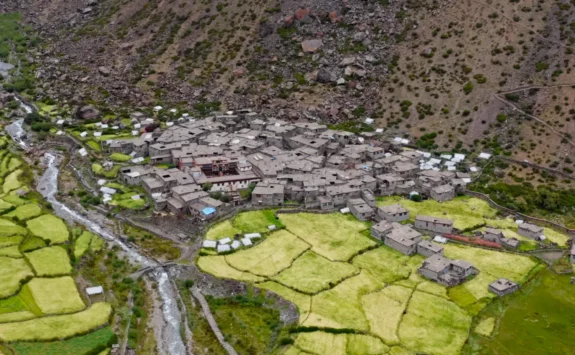Exploring the Mane Festival in Humla Nepal
The ancient people in the Humla district of Nepal celebrate the Mane Festival. Humla district is situated in the far western part of the country. The Mane Festival celebration takes place to farewell the winter season and welcome the spring season. This auspicious festival is celebrated annually in January or February.
This mystical festival is about worshipping deities, playing musical instruments, dancing, singing, and feasting on local foods. They also dress in unusual and colourful attire, carry decorations, and march in a procession.
In addition to other foods, the get-together needs local alcoholic drinks and sweets. Similarly, there are certain items to offer at a puja. “Our priest, or shaman, is presented with puja goods and Chhyang (local liquor). They receive such items from each household. This enhances our brotherhood and solidarity, explained Lama.
The 4-day festival starts on the 13th day of the waxing moon in the Nepali month of Magh in Burause village and a day later in Simikot village. People will celebrate with equal passion in both places. This festival is for celebrating, having a good time, and relaxing the farmers.
Activities in Mane Festival
Goddess Bhawani, which in the Lama language is called Bhuwani, is worshipped on the first day of this festival.
On the second and third days, men present various vivid dances by the Lama community. It includes the Bakpa dance, Tilinge dance, Mahankal dance, horse dance, Furka dance, and Thaikor dance by women. The elders take the front line in all these dances and teach the new generation, who follow behind.
On the last day, Mane comes to an end after the men dance wearing rough clothes to remove all the bad aspects of the village. According to the local elders, this festival has been held in Burause village since 300 years ago.

Limi Valley Connection with Mane Festival
The Humla region’s natural splendor, with its pristine rivers, snow-capped mountains, and lush woods, makes it a popular destination for environment and culture enthusiasts.
The Mane Festival Trek might be an essential pilgrimage route that takes you through the scenic beauty of Humla. The trek’s itinerary typically lasts 8 to 10 days, starting and ending in Simikot. If you want to explore more, you can extend up to the Limi Valley Trek.
It has been observed that your desire to dwell in the Himalayas is transcendent. Appropriate guidance can lead to greater happiness and wholeness. Harmony, compassion, love, unity, and happiness are just a few definitions of wholeness.
In Conclusion
The Mane Festival is about displaying historical ornaments and clothes that have different ethnic significance in different villages. Humla’s ethnic and sociological significance of heritage and wealth, even though Humla is completed, is considered a challenge that cannot be explored.
© Copyright 2024 Eco-friendly Treks. Website Developed by: AVIVA






